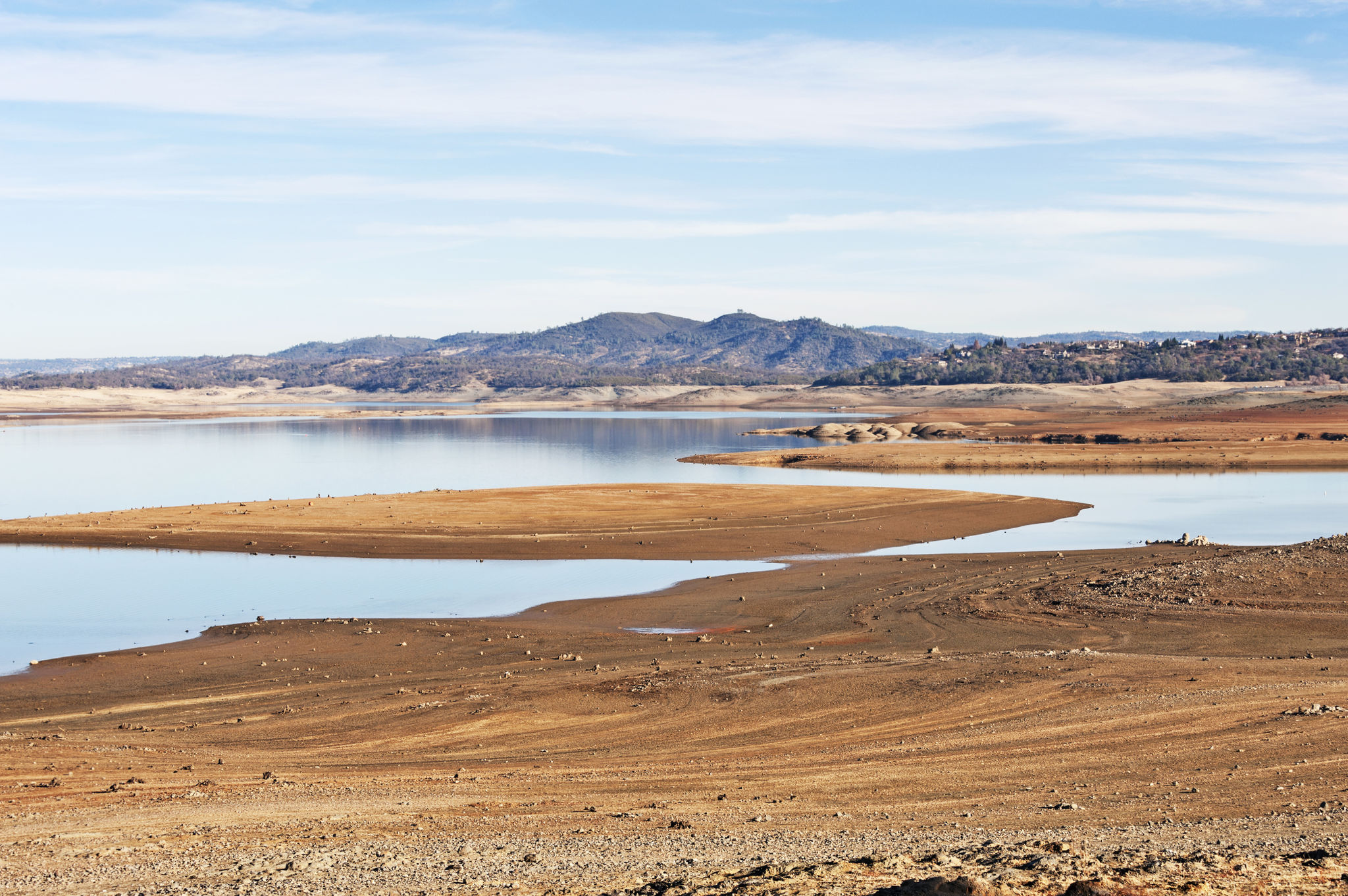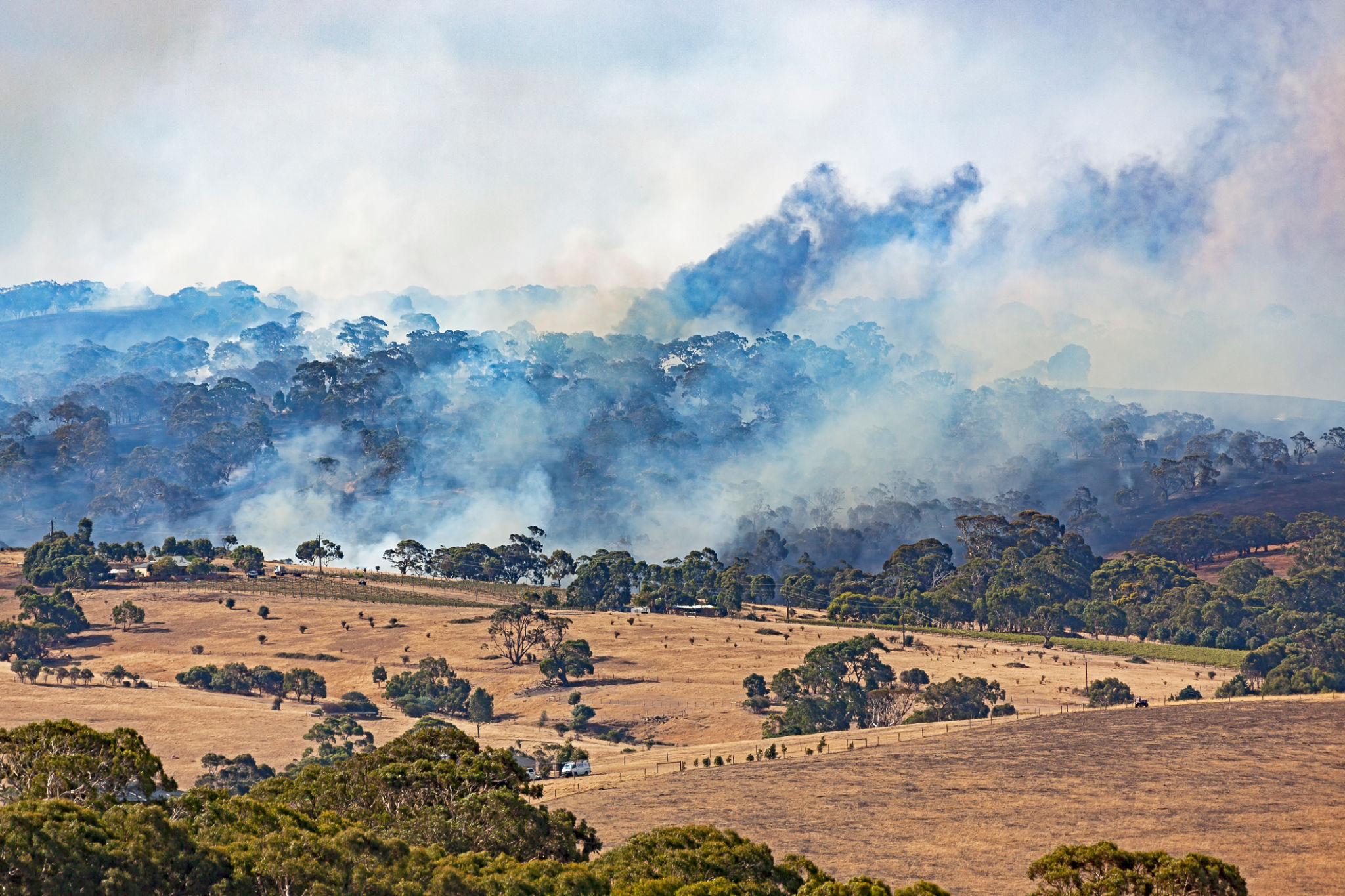Understanding the Climate Impact on Wine Production in California
HB
The Influence of Climate on California's Vineyards
California is renowned for its world-class wines, with the state's diverse geography and climate playing a pivotal role in its wine production. However, as climate change accelerates, understanding its impact on California's vineyards becomes essential for wine producers and enthusiasts alike.

Temperature Variations and Their Effects
One of the most significant climate-related challenges for California's wine industry is the increase in average temperatures. Warmer temperatures can accelerate grape ripening, which may lead to a higher sugar content and, consequently, higher alcohol levels in wine. This trend can alter the balance and flavor profile that winemakers strive to achieve.
Additionally, prolonged heatwaves can stress vines, potentially reducing yields and affecting grape quality. Wine producers are increasingly adapting their practices to mitigate these impacts, such as adjusting canopy management and exploring heat-resistant grape varieties.
The Role of Water Scarcity
Water scarcity is another pressing concern for California's wine regions. With prolonged droughts becoming more frequent due to climate change, water management has become a critical focus for vintners. Irrigation practices are being scrutinized and optimized to ensure sustainable water usage while maintaining grape quality.

Some wineries are investing in advanced irrigation technologies, such as drip systems, which minimize water waste. Additionally, the use of cover crops and soil moisture monitoring helps retain soil moisture and reduce water dependency.
Impact of Wildfires
The increase in wildfire activity in California poses a direct threat to vineyards. Smoke taint, caused by smoke exposure during the growing season, can impart undesirable flavors in wine. Winemakers are developing techniques to detect and mitigate smoke taint, including selective harvesting and advanced filtration methods.
Moreover, the risk of wildfires has prompted some vineyards to reevaluate their vineyard layouts and adopt fire-resistant landscaping practices to protect their assets. These proactive measures aim to safeguard both the land and the quality of wine production.

Adaptive Strategies for a Changing Climate
To maintain the viability of wine production amidst climate challenges, many California wineries are embracing innovative agricultural practices. Some are experimenting with different grape varieties that are more resilient to heat and drought conditions.
Additionally, there is a growing emphasis on sustainable practices across the industry. Organic and biodynamic farming methods are gaining popularity as they focus on enhancing soil health and biodiversity, which can help vineyards better withstand climate fluctuations.
The Future of California Wine
The resilience of California's wine industry hinges on its ability to adapt to an evolving climate. While challenges persist, the ingenuity and dedication of winemakers are paving the way for new solutions and opportunities. By embracing sustainable practices and innovative technologies, California's wine regions aim to preserve their legacy while continuing to produce exceptional wines.
The ongoing dialogue between scientists, growers, and winemakers is crucial for navigating these changes effectively. As climate patterns evolve, so too will the strategies employed by those who craft the wines we cherish.